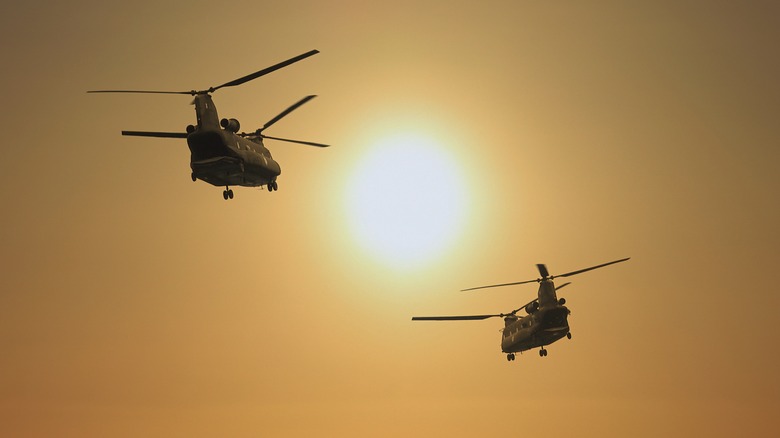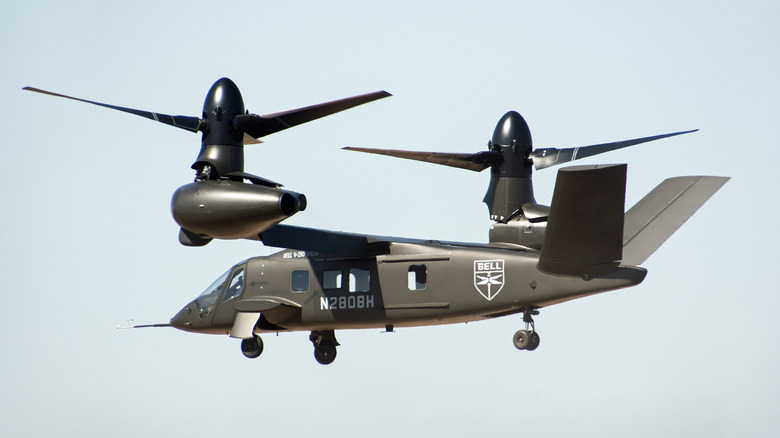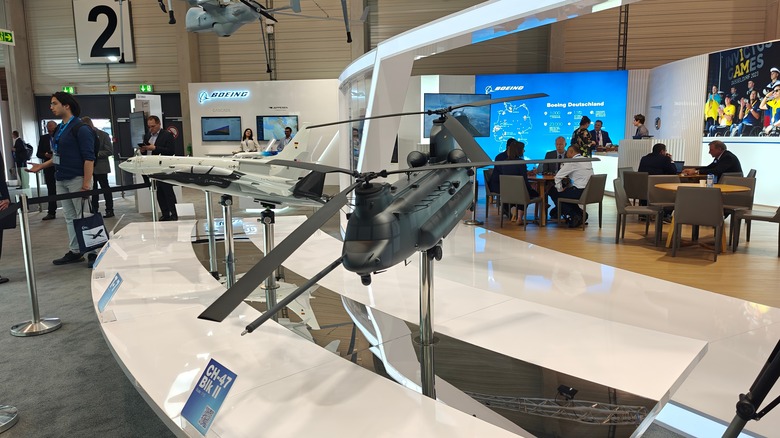Is The Military Planning To Replace The Chinook With A New Type Of Helicopter?
The U.S. Army is actively studying a replacement for its CH-47 Chinook, but it's not in a rush to retire the iconic military helicopter just yet. Known for its tandem-rotor design, massive payload, and the ability to land on water, the Chinook has been in service for over six decades, with continuous upgrades like Block II configurations.
Yet, even with those improvements, Army planners know that the Chinook's fundamental design can't keep pace with the emerging requirements of future conflicts, particularly in contested airspace. That's why the Army is exploring a next-generation heavy-lift platform under what's called Cape Set Four.
However, the project is still in its infancy, essentially at the study stage, and no formal requirements have been finalized. Brig. Gen. Cain Baker, who heads the FVL team, confirmed that while early analysis has been done, the FLRAA tiltrotor that's set to replace the Black Hawk is a higher priority. For now, the Chinook remains the go-to workhorse for U.S. Army heavy lifting, with more than 470 aircraft in the fleet and ongoing Block II upgrades to keep them flying.
A tiltrotor Chinook replacement?
There's been a lot of talk about tiltrotor aircraft, like the Bell V-280 Valor, being a possible solution for the Army's heavy lift needs, but it's not that simple. The V-280, which will replace some UH-60 Black Hawks, promises long range and solid performance that aligns well with new combat concepts like delivering a brigade behind enemy lines in one night. That's a different mission set than what the Chinook typically handles, like moving cargo, equipment, and troops on a large scale.
So far, there's no heavy-lift tiltrotor flying or even on the drawing board that could match the Chinook's payload capacity. As Baker noted, the Army is aware of the need for better fuel efficiency and a better payload capacity, but no one is promising that a tiltrotor design can tick all those boxes for heavy lift. For now, the idea of a Chinook replacement tiltrotor remains just that — an idea.
Upgrades keep the Chinook relevant, but a successor is inevitable
Even as the Army plans for a future heavy-lift platform, the Chinook is still being modernized. The Block II variant offers a gross weight bump to 54,000 pounds, improved fuel systems, and upgraded rotor blades. Honeywell is also working on new engines, including the T55-714C, with 20% more power and 8% better fuel efficiency than current models, which would improve hot-and-high performance.
For the short term, these upgrades, and the fact that other militaries use Chinook helicopters keep it relevant, but the Army knows the helicopter can't overcome its fundamental vulnerabilities. It's simply not as well-suited for future fights with peer adversaries like China or Russia, especially in dense air defense environments.
Congress has often added Chinooks to the budget even when the Army didn't ask for them, reflecting political and industrial priorities. Yet the Army's overall vision — faster, a longer range, and more survivable — means the Chinook's days as the king of heavy lift are numbered. A new design is inevitable, even if it's decades away.


